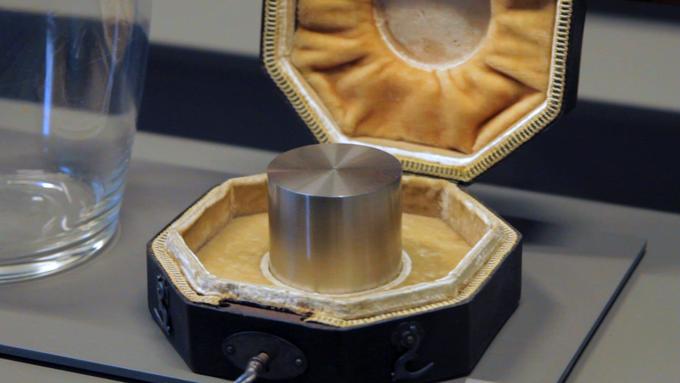1) Touch an eyepiece with your bare finger.
2) Say the words "flat field".
1) Big enough to expose all the pixels on the detector
2) Bright enough to generate a statistically large number of photons
3) Uniform enough to expose all the pixel equally.
In theory, no. But in practice, it is actually *incredibly* hard to find an object that meets these criteria to the level of precision that astronomers need (<1%).










